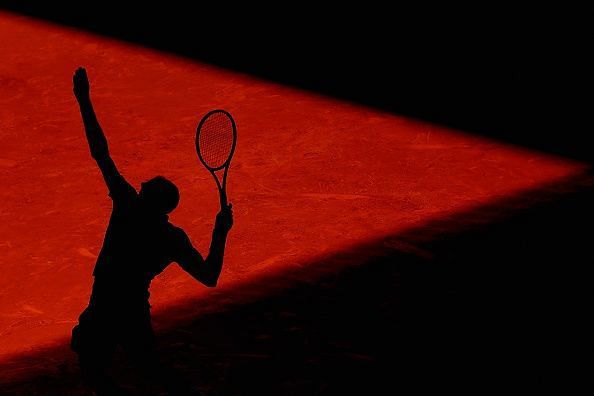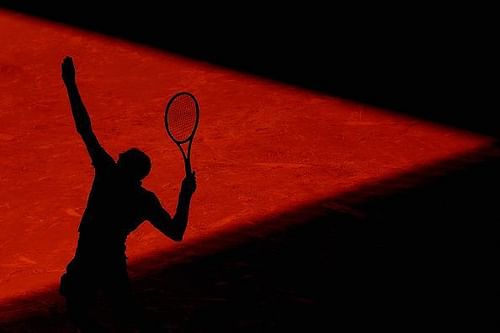
Open Era Tennis: Origin, History, Meaning and all you need to know

Historically, tennis began centuries ago, however, the Open Era of tennis began in 1968 to bridge the gap between professional and amateur players and give the former a chance to compete alongside the amateurs in big tournaments such as the Grand Slams. Prior to 1968, only amateurs were allowed to take part in the Grand Slam tournaments. Professionals would only play exhibition tournaments until then.
There was a lot of power struggle between the various commercial promoters of the sport once the Open Era began, which led to a lot of players boycotting the big tournaments.
The Association of Tennis Players, known as the ATP, was formed in 1972 and in 1990, the ATP Tour began. On the other hand, the Woman's Tennis Association was formed in 1973, which organizes the professional WTA Tour to date.
The women faced a lot of issues earlier on with regards to their participation and equal prize money offered. However, Billie Jean King, along with many other professionals fought for their rights and were successful as well.
Today, the ATP and the WTA tours take place throughout the year and culminate in the month of November usually.
The beginning of the Open Era saw players like Rod Laver and Ken Rosewall dominate the scene in men's tennis. Shortly after that, Bjorn Borg came into the picture and dominated the sport in the late 1970s. From there on, players like Jimmy Connors, John McEnroe, Boris Becker, Ivan Lendl, and Stefan Edberg, just to name a few would entertain the fans with their spectacular displays of tennis on the court.
In the 1990s, fans witnessed players like Pete Sampras and Andre Agassi put on a show and show the world what they are made of. Sampras was regarded as one of the best players in the world until Roger Federer came along.
The Swiss Maestro, till date, holds the record of having won the most number of Grand Slams. He has won 20 Grand Slams so far, including 8 Wimbledon Championships, 6 Australian Open titles, 5 US Open titles, and the lone French Open title in 2009.
Following him is Rafael Nadal, who has 17 Grand Slams to his name, including 11 French Open titles, 3 US Open titles, 2 Wimbledon Championships, and 1 Australian Open title. He burst onto the scene a few years after Federer and is still very much active on the tennis circuit, just like his arch-rival from Switzerland.
In third place on the list for most titles won is Novak Djokovic. The Serb burst onto the scene about 13 years ago and has won 15 Grand Slams so far. He is currently the world no. 1 and has won the previous three Grand Slams. With the way he is going right now, he could well go past both Nadal and Federer.
These three players, along with Andy Murray, who has won 3 Grand Slams, formed the "Golden Era" of tennis. Apart from Murray, who might retire anytime now, Federer, Nadal, and Djokovic are continuing to dominate the tennis circuit.
Looking at the WTA Tour, it was Billie Jean King and Margaret Court who dominated proceedings early on, when the Open Era had begun. Court, till date, holds the record for most number of Grand Slams won. However, most of them came before the Open Era.
Later on, it was Martina Navratilova in the 1980s and then, in the 1990s, Steffi Graf dominated the women's circuit and won 22 Grand Slams, which was the most by a woman in the Open Era until Serena Williams overtook her in 2017.
Williams has been dominating the women's circuit over the past decade or so and is looking to break Margaret Court's record as well. She is still active on the circuit and continues to make deep runs in Grand Slam tournaments.
It has been 51 years now since the inception of the Open Era and things have been running extremely smoothly over the past few decades. There have been some tournaments which have been scrapped and some other ones which have been introduced, however, we can expect the structure of both the ATP and WTA tours to remain pretty much the same for the foreseeable future.